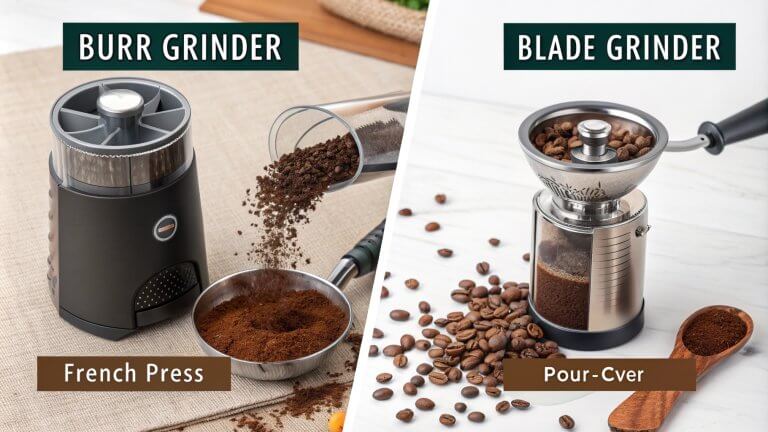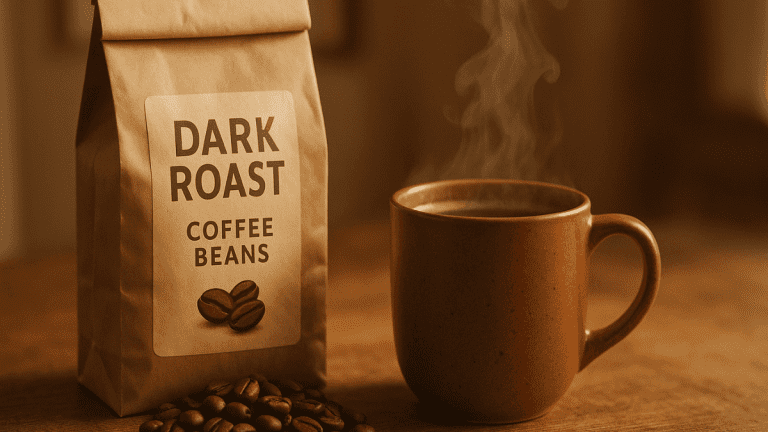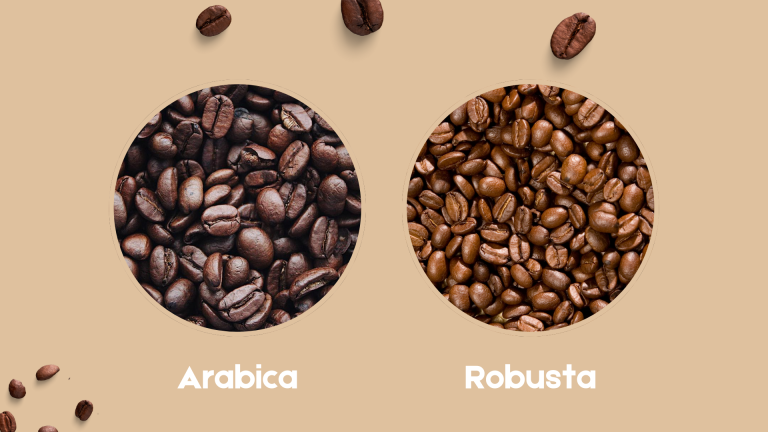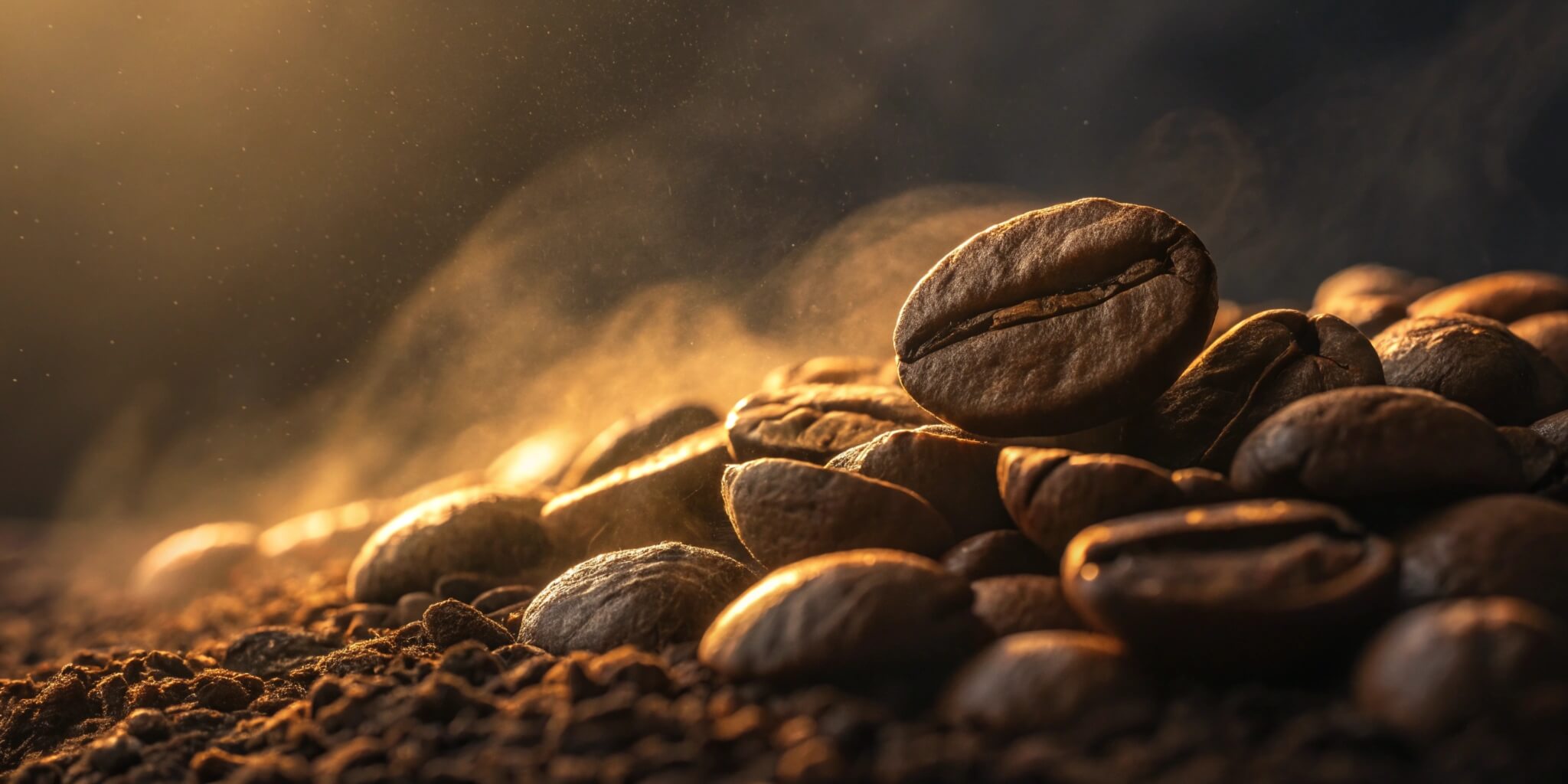
Let’s be honest: Most of us can’t imagine starting the day without a good cup of coffee. But wouldn’t it be amazing if that “good” cup could become even better? We’re talking about taking your coffee experience to a whole new level.
We’re not just talking about your usual milk and sugar routine. We’re diving deep into the world of secret ingredient for better coffee beans. Get ready to unlock flavor combinations you never knew existed and discover the techniques to turn you into a home-brewing pro! Over the next few minutes, we’ll spill the beans (pun intended!) on how to make your coffee the best it can be. Are you ready? Let’s go!
Choosing the Right Coffee Beans
Okay, so you’re ready to step up your coffee game! Awesome! The first thing we need to talk about is the coffee bean itself. Just like wine, coffee beans have different origins, and these origins play a massive role in the final taste of your cup.
For example, Ethiopian beans are famous for their bright, almost citrusy acidity and fruity notes. They can taste like berries or citrus fruits or even have floral hints. Colombian beans might be your style if you prefer a more smooth and mellow cup. They tend to have a chocolatey and nutty flavor with a touch of sweetness.
See what I mean? The world of coffee beans has exciting flavors waiting to be discovered! That’s why I encourage you to try different single-origin coffees. These coffees come from a specific region or even a single farm. It’s like taking a flavor trip worldwide without leaving your kitchen!
And don’t forget about roasting. The roasting process transforms green coffee beans into those beautiful brown beans we all know and love. The longer the beans are roasted, the darker and bolder their flavor becomes. Light roasts retain more of the bean’s natural acidity and bright flavors, while dark roasts develop more decadent, smoky, and sometimes even bittersweet notes.
Finally, remember that freshness is key! Coffee beans are at their peak flavor within a few weeks of roasting. After that, they lose the excellent aromatic compounds that make coffee delicious. So, always check the roast date on the bag and aim for roasted beans within the past month. Trust me, your taste buds will thank you!
Precision Grinding for Coffee Perfection
Alright, we’ve got our excellent beans! Let’s talk about grinding, which is where things can get a little tricky. You see, the size of those coffee grounds can make or break your cup, no joke!
Grind size determines how much of the coffee’s surface area is exposed to water during brewing. If you have a big chunk of coffee, only the outside gets wet. But if you grind it finely, you have tons of tiny pieces, and much more of the coffee comes into contact with the water.
That’s why grind size is directly connected to how strong and flavorful your coffee turns out. If you grind your beans too finely, you risk over-extraction. Too much flavor is pulled out, and you end up with a bitter, unpleasant cup. On the other hand, if the grind is too coarse, you get under-extraction, meaning not enough of the good stuff makes it into your cup. You’ll end up with weak, watery coffee.
Now, when it comes to grinders, there are two main types: blade grinders and burr grinders. Blade grinders are like tiny blenders that chop the beans. The problem is they create inconsistent sizes, some big, some small, which leads to uneven brewing. Burr grinders, on the other hand, use two rotating burrs to crush the beans evenly, giving you a consistent grind every time.
Investing in a good burr grinder is one of the best things you can do to improve your home coffee. Yes, they can be a bit more expensive upfront, but trust me, it’s worth it!
Here’s a quick guide to help you match the grind size to your favorite brewing method:
You’ll get the most balanced and delicious coffee by matching your grind size to your brewing method. It’s all about finding that sweet spot!
The Science Behind a Better Brew
Okay, we’ve talked about beans and grinding, but now it’s time to dive into some coffee science! Don’t worry; it’s not as complicated as it sounds! There’s a cool trick you can use to make your coffee even better, and it involves something you probably already have in your kitchen: water!
You heard me right! There’s this technique called the “Ross Droplet” technique, and it’s pretty simple. You add a few drops of water to your coffee beans before you grind them. You might wonder, “Why in the world would I do that?” Well, let me explain.
Grinding coffee beans creates static electricity (like when you rub a balloon on your hair!). This static can cause the coffee grounds to clump together, which isn’t suitable for brewing. Water acts as an insulator and helps to reduce that static, resulting in a more even grind.
A study published in the journal Matter found that using the Ross Droplet technique can increase the extraction yield of your coffee by 10%! That means you’re getting more delicious flavors and aromas from your beans, leading to a richer, more satisfying cup of coffee. To try it out, start with just 1 or 2 drops of water and see how it goes. You can experiment to find the perfect amount for your grinder and beans.
Speaking of water, did you know that the quality of your water plays a massive role in how your coffee tastes? The Specialty Coffee Association recommends using clean, fresh water (filtered). The ideal temperature for brewing is between 195-205°F (90-96°C), which is hot enough to extract all the good stuff from the beans but not so hot that it burns them. Lastly, the aim is to produce water with a mineral content of 150-300 parts per million. This will help to create a balanced flavor profile in your cup. If tap water has a strong taste or high chlorine content, use a water filter or bottled spring water instead. It might seem like a small detail, but trust me, it makes a difference!
Secret Ingredients for Enhanced Flavor
You’ve mastered the basics of beans, grinding, and water quality—great job! Now, it’s time to get creative and explore secret ingredients that can take your coffee to a new level of deliciousness.
You might be surprised to learn that a pinch of salt can be a coffee game-changer! Salt helps to balance the bitterness in coffee, especially in dark roasts, by neutralizing some of those harsh flavors. It also enhances the beans’ natural sweetness, giving you a more well-rounded and enjoyable cup. Add a tiny pinch of salt directly to your coffee grounds before brewing, and adjust to your taste. You can also add salt after brewing.
Cinnamon is another fantastic addition to your coffee routine. It brings warmth, aroma, and a subtle sweetness that beautifully complements coffee’s bitterness. Plus, cinnamon is packed with potential health benefits. It has anti-inflammatory properties, can help stabilize blood sugar levels, and may even boost metabolism! There are a few ways to incorporate cinnamon: add it to the coffee grounds before brewing, sprinkle it on top of your brewed coffee, or use a cinnamon stick as a stirrer.
If you’re looking for a creamier, more indulgent cup of coffee that provides sustained energy, try adding a small amount of butter or coconut oil. These fats create a velvety mouthfeel and are believed to slow down the absorption of caffeine, giving you a longer-lasting energy boost without the jitters. For the best results, blend the butter or coconut oil with your hot coffee for about 20-30 seconds until it’s frothy and well combined.
Finally, add a small strip of lemon or orange zest to your coffee for a bright, citrusy twist. Citrus zest highlights the fruity notes in coffee and can help cut through bitterness, leaving you with a refreshing and aromatic cup. Make sure to use only the zest (the colored part of the peel) and avoid the white pith, which can be bitter. You can steep the zest in your hot coffee for a few minutes or add it to your cold brew during the steeping process.
Experiment with these secret ingredients and discover your signature coffee creations!
Conclusion
As you’ve learned, the perfect cup of coffee is truly subjective. What one person considers the holy grail of coffee, another might find lacking. The beauty of coffee lies in its versatility. Don’t be afraid to experiment! Play with the secret ingredients we’ve discussed – salt, cinnamon, butter, coconut oil, citrus zest – and see what sparks your taste buds. Remember, even minor adjustments can significantly impact your coffee experience.
Ultimately, the quest for the perfect cup is a journey, not a destination. Enjoy the exploration process, and savor the coffee that brings you joy!

